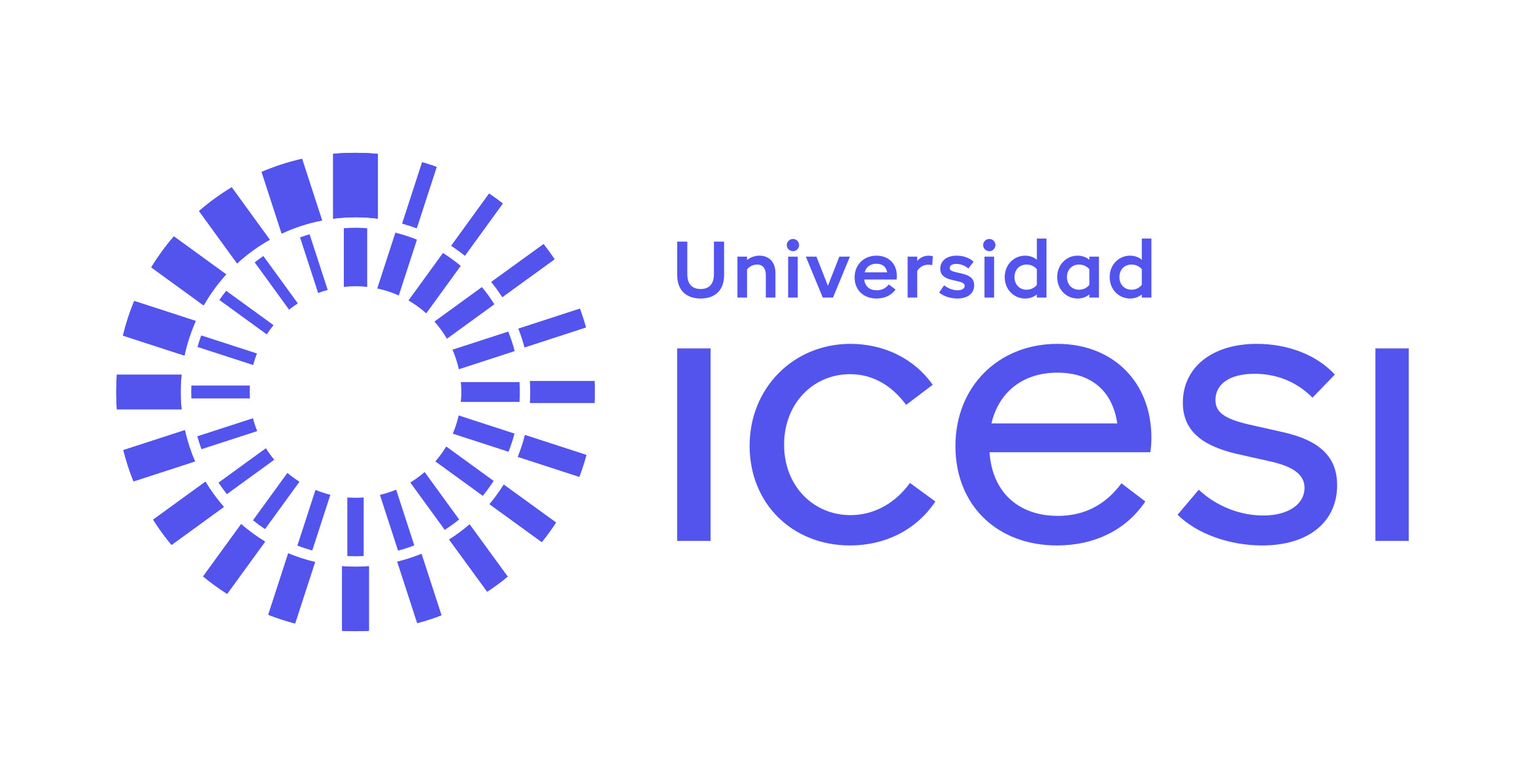Célula INNLab: Plataforma de relacionamiento con clientes
Archivos
Fecha
Director de tesis/Asesor
Título de la revista
ISSN de la revista
Título del volumen
Publicador
Editor
Compartir
Resumen
Abstract Purpose: This paper aims to address the communication and visibility challenges faced by INNLab, the innovation center at Universidad ICESI. Despite its rapid growth and successful collaborations with prominent regional companies such as Banco W, Incauca, and Grup o Sura, INNLab has struggled with informal communication channels, limited online presence, and a lack of defined visual identity. The primary o bjective of this project is to develop a digital platform that enhances INNLab's brand recognition and strengthe ns its connection with key stakeholders, thereby improving client perception and facilitating smoother internal processes. Design/Methodology/Approach: The project began with identifying the key technological tools and languages that would align with the project's goals. Vite was chosen to ensure quick load times and smooth user experience. ReactJS and Storybook were used to create scala ble components, a llowing for easy updates across the website. ESLint was implemented to maintain consistent code quality, while Tailwind CSS f acilitated efficient styling directly within HTML files. To render dynamic content, Supabase was used f or database management, and Cloudinary was integrated for multimedia content storage. Strapi served as the CMS, enabling non - programmers to easily update website content. The hosting was handled by Render, ensuring fast and reliable access to the website. Two types of user testing were conducted to validate the platform. First, usability tests were performed with potential clien ts, divided into three stages: initial interviews about their experiences with INNLab, usability tasks on the new website, and post - test interviews to gather feedback on their experience with the platform. Second, quantitative interaction data was collected using Hotjar, which provided insights into user behavior through heatmaps, click tracking, session durations, and abandonment rat es over a 14 - day period. Findings : The usability tests revealed that users found significant value in the new platform. They appreciated the ease of contactin g INNLab and noted improvements in the speed of internal processes for quotations. Key feedback included positive remarks about the platform's clear structure and intuitive design, although some issues such as the prominence of company logos were identified and subsequently addressed. Ho tjar analytics showed high engagement with an average session duration of 9:28 minutes and a low click frustration rate of 0.3%. However, a 20.1% bounce rate indicated that further optimization is needed to encourage deeper exploration beyond the landing page. Practical Implications : This project demonstrates the practical benefits of implementing a modern digital platform for academic innovation centers. The results highlight how such a platform can significantly enhance client interactions, streamline internal processes, and b oost overall brand visibility. The methodology and tools used provide a replicable model for other institutions seeking similar improvements in their digital presence. Originality/Value : This paper contributes to the field by offering a detailed case study on the integration of advanced web technologies to so lve communication and visibility challenges in an academic innovation center. The comprehensive approach, combining qualitative u se r feedback with quantitative interaction data, provides valuable insights into user - centered design and technology integration. This case study serves as a valuable resource for other innovation centers and academic institutions aiming to enhance their dig ital engagement and operational efficiency. Keywords INNLab, digital platform, web development, user experience, communication, innovation center, Brand recognition, stakeholder engagement.

